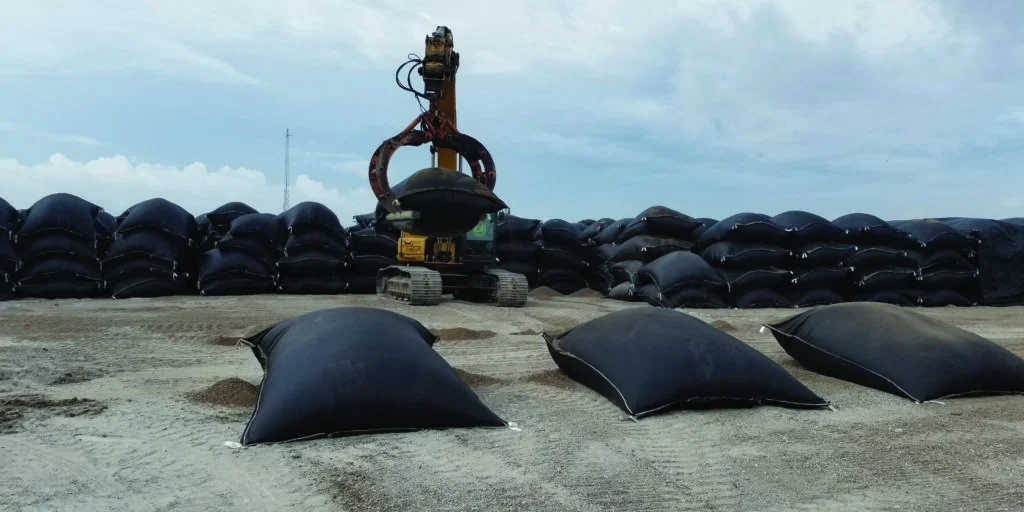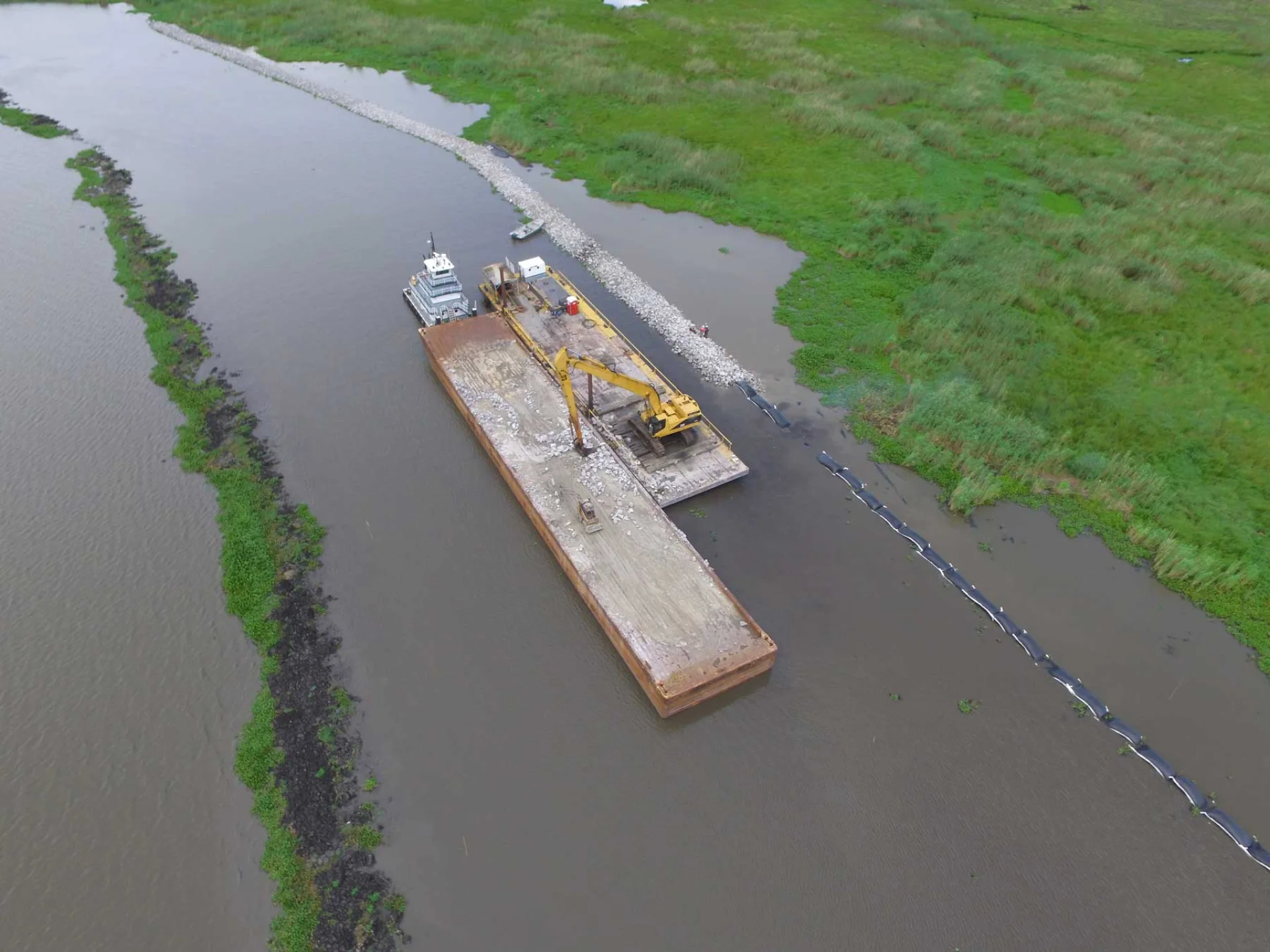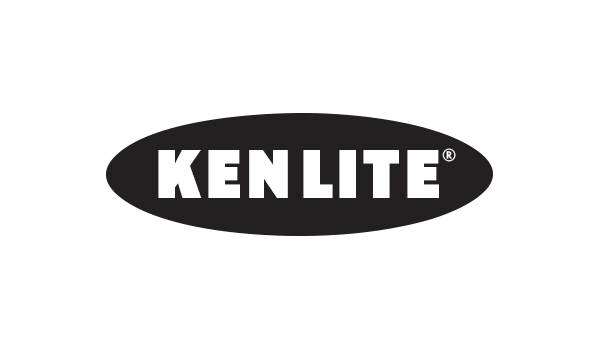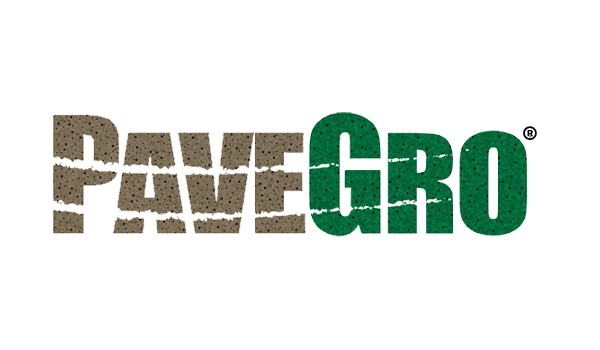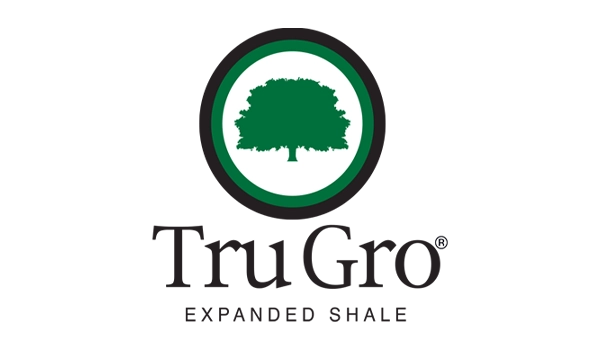Key Insights:
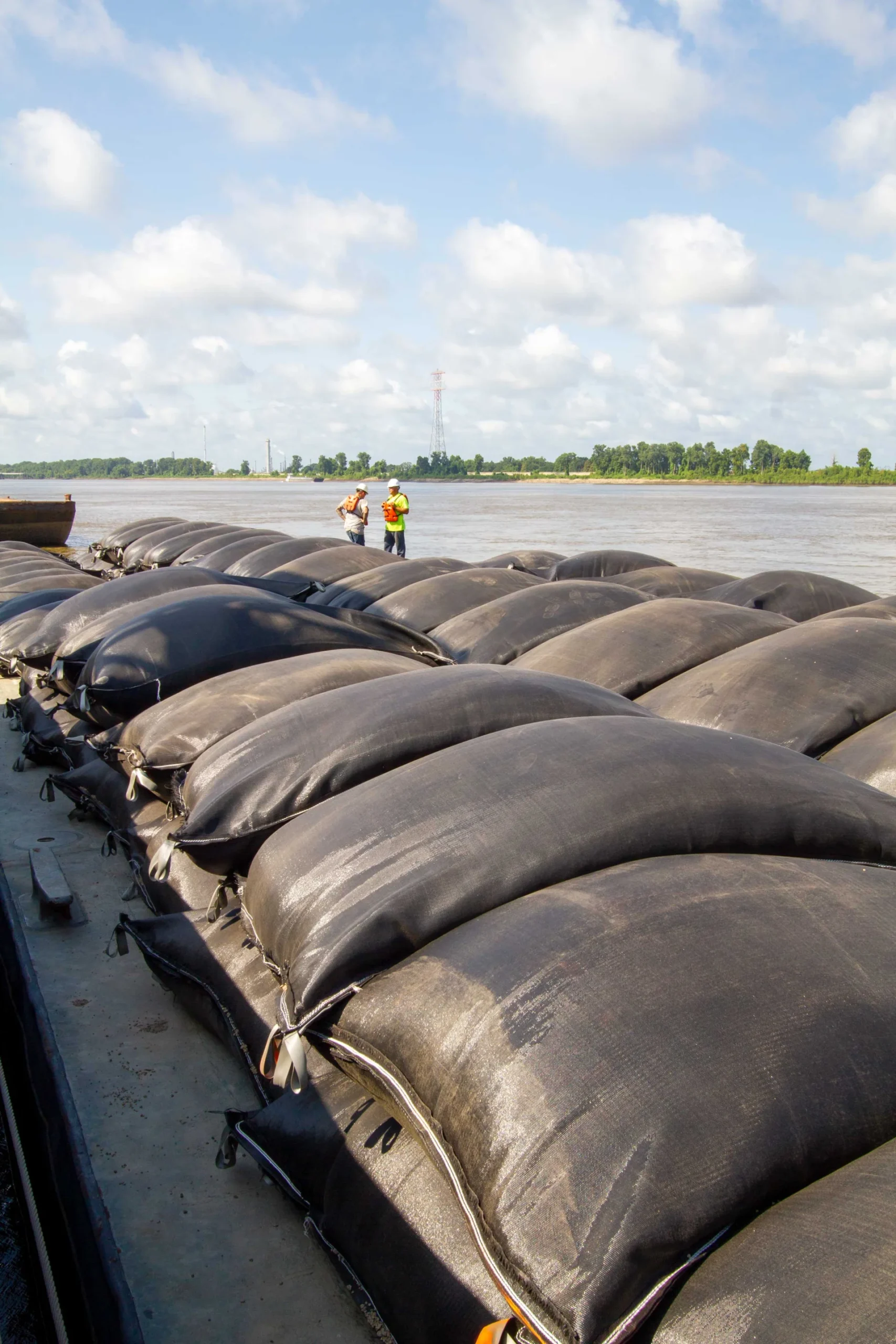
Quick Facts
- Name: Biloxi Marsh Shoreline Protection
- Location: Southeastern shoreline of Lake Borgne, Biloxi Wildlife Management Area, Louisiana
- Client: Coastal Protection and Restoration Authority of Louisiana (CPRA)
- Size: 7-mile shoreline; 300 acres of marsh restored
Challenge: Significant land loss due to erosion, with shoreline recession rates reaching up to 50 feet per year in some areas, threatening the Biloxi Wildlife Management Area and increasing vulnerability to storm surges.
How Arcosa Helped- Our Solution: Supplied lightweight aggregate for use in geotextile bags to create stable berms along the shoreline, minimizing erosion and encouraging marsh siltation.
- Why Lightweight Works: The lightweight aggregate-filled bags remain stable in soft soils, prevent further erosion, and create conditions that support marsh rebuilding.
Final Results
- Protected up to seven miles of shoreline and restored 300 acres of marshland, providing a natural buffer against storm surges and wave action.
Key Quote
“Biloxi Marsh demonstrates that the design is proven, the results are successful, and it is proving to be more economical than anyone expected.” — Bill Wolfe, Marketing & Technical Manager, Arcosa Lightweight
Context:
- Considerations: The lightweight aggregate’s ability to reduce settlement and minimize material requirements made the project both economical and effective.
- Lesson to Learn: Lightweight aggregate in geotextile bags offers a sustainable solution for shoreline stabilization in areas with soft soils and high erosion rates.
Explore Further
Arcosa Lightweight Used in Man-Made Berm Along Louisiana Coastline
The Biloxi Marsh project is located along a 7-mile stretch of the southeastern shoreline of Lake Borgne and the Biloxi Wildlife Management Area.
“The Biloxi Marsh project is a great example of using lightweight aggregate geotextile bags to create a berm,” says Bill Wolfe, Marketing & Technical Manager for Arcosa Lightweight. “The first phase of this project was estimated to use about 30,000 cubic yards of material. When this phase was completed, we learned that the project used less material than expected because they had virtually no settlement.”
Significant Land Loss
Marshes surrounding Lake Borgne have sustained significant land loss due to wave-induced erosion, with approximately 15,640 acres lost between 1932 and 1990 along the seven-mile project reach. In recent years, some areas of the shoreline have receded up to 50 feet per year, greatly endangering the nearly 40,000-acre Biloxi Wildlife Management Area.
Minimizing shoreline retreat will help protect a portion of the marshes in the Biloxi Wildlife Management Area, preserving an ecosystem that also serves as a protective barrier for the City of New Orleans and surrounding areas against surges and waves during tropical events. “Using these oversized bags containing lightweight aggregate not only prevents further erosion, they also control wave action so that siltation occurs to rebuild the marsh,” notes Wolfe.
According to the Coastal Protection and Restoration Authority, Biloxi shoreline erosion rates have averaged approximately eight to nine feet per year. However, since 2004, largely due to hurricanes Katrina, Rita, and Gustav, erosion rates have exceeded 50 feet per year in some localized areas.
Shipped by Barge
The large geotextile bags were filled with the lightweight material at a nearby Arcosa facility and then loaded onto barges for transport to the job site in St. Bernard Parish, Louisiana. These bags were used in more irregular and deeper sections of the shoreline restoration project where traditional all-rock breakwaters are less effective, primarily due to extremely soft soils. For these areas, a lightweight-aggregate core (LWAC) breakwater was used.
The total estimated cost of this project was $22 million. The overseeing agency, the Coastal Protection and Restoration Authority of Louisiana (CPRA), reported benefits of up to seven miles of shoreline protected and 300 acres of marsh restored. This marsh serves as a critical barrier, providing additional protection for the City of New Orleans and surrounding areas against storm surges and wave action during tropical events.
“Biloxi Marsh demonstrates that the design is proven, the results are successful, and it is proving to be more economical than anyone expected,” says Wolfe. “The reduction in the amount of settlement decreases the total volume of material needed to fill the berm, allowing project funds to be stretched further.”







